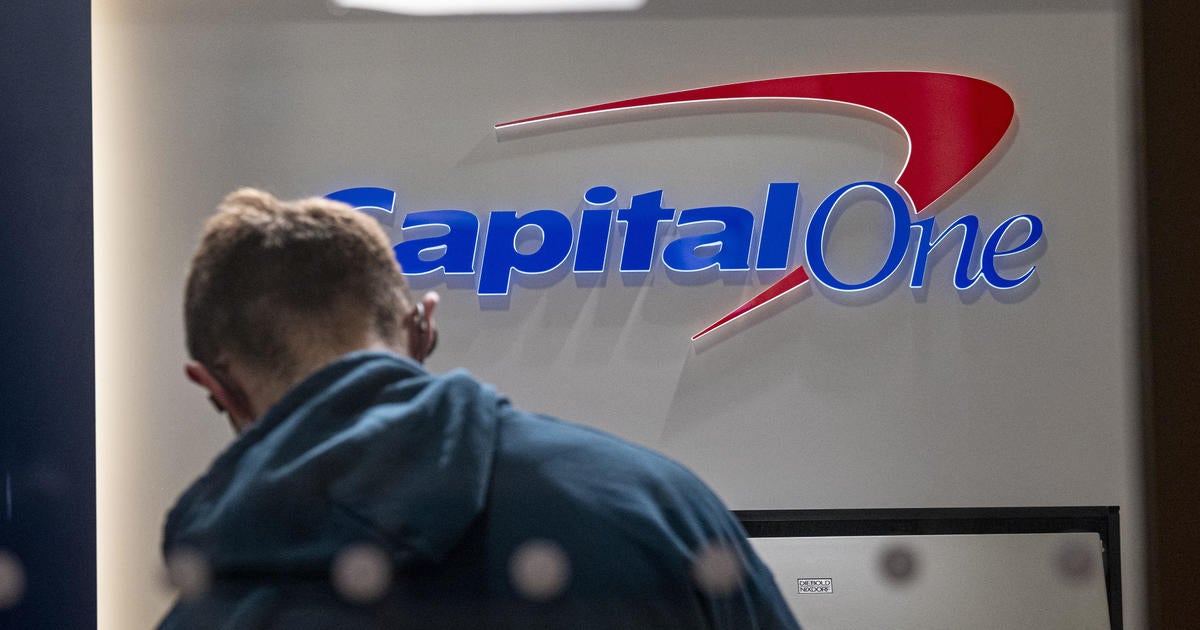Capital One Outage Leaves Thousands Without Access to Funds: What Happened?
Thousands of Capital One customers found themselves locked out of their accounts on Thursday, facing frustrating delays in accessing their money. This widespread outage left many scrambling to pay bills and buy groceries, sparking outrage and concern on social media. What caused this sudden disruption to banking services, and what can we expect from Capital One going forward?
The Capital One Direct Deposit Debacle: A Timeline of Disruption
The trouble began Thursday morning when reports of problems with direct deposits started pouring in. By midday, more than 2,000 customers had reported issues on Down Detector, a site that tracks website and app outages. While Capital One initially remained silent, the growing number of complaints forced the bank to address the situation publicly.
Social Media Erupts: Customer Anger and Frustration Boil Over
Social media became a whirlwind of angry comments and frustrated tweets from affected customers. Individuals expressed anxieties about their inability to access funds for essential needs like rent, utilities, and groceries. Some customers mentioned calls to Capital One customer service only to be met with prolonged hold times and unhelpful responses.
Capital One Responds: Apologies and Promises of a Resolution
Eventually, Capital One broke its silence, posting on its social media pages that engineers were working around the clock to resolve the issue and restore services. However, this didn't satisfy angry customers, many demanding more transparency regarding the cause of the outage and a timeline for resolution. The lack of immediate updates further fueled the fire.
Delving Deeper: Potential Causes of the Capital One Outage
While Capital One has yet to release specific details about the outage's cause, several scenarios are possible.
Vendor-Related Issues: A Ripple Effect of Problems
Capital One hinted at working with an external vendor on the problem. Such partnerships, while efficient, sometimes result in wider outages if problems occur within the vendor's systems. A malfunction in the vendor's systems could disrupt numerous aspects of Capital One's services, including direct deposits.
Internal System Glitch: A Software Malfunction's Consequence
Another likely cause might be a bug within Capital One's internal systems. While sophisticated banking systems usually have redundant processes to handle such errors, unforeseen complexities and cascading failures could disrupt banking transactions.
Cybersecurity Threat: A Possibility that Shouldn't be Overlooked
Despite the absence of formal announcements, the possibility of a security breach must be acknowledged. If a successful cyberattack affected data processing, it could explain a disruption of this magnitude. Though Capital One has given no indication of a breach, it's a crucial consideration.
Beyond the Outage: Learning from Capital One's Experience
This event emphasizes the crucial role of reliable banking infrastructure in daily life. Customers deserve better communication from banking institutions when major disruptions occur. The incident underscores the necessity for transparent communication, proactive service updates, and comprehensive incident management.
Lessons Learned for Banks: Proactive Communication is Paramount
When issues arise, financial institutions should prioritize clear, frequent, and consistent communication with customers. Rapid response and regular updates about recovery efforts can lessen public anxieties. Being proactive can minimize damage and maintain customer trust.
Consumer Action: Advocating for Greater Transparency in Banking
Customers should expect superior service standards, including better response mechanisms during widespread outages. Banks need to make efforts to prepare for worst-case scenarios, proactively testing processes and recovery plans for system disruptions.
Take Away Points
- The Capital One outage highlighted the reliance on efficient banking infrastructure.
- Transparent and timely communication is paramount during major service disruptions.
- The experience underscores the need for robust cybersecurity and system backup strategies.
- Customers need to be vigilant in protecting their financial information, and expect the highest level of service from their banks.




